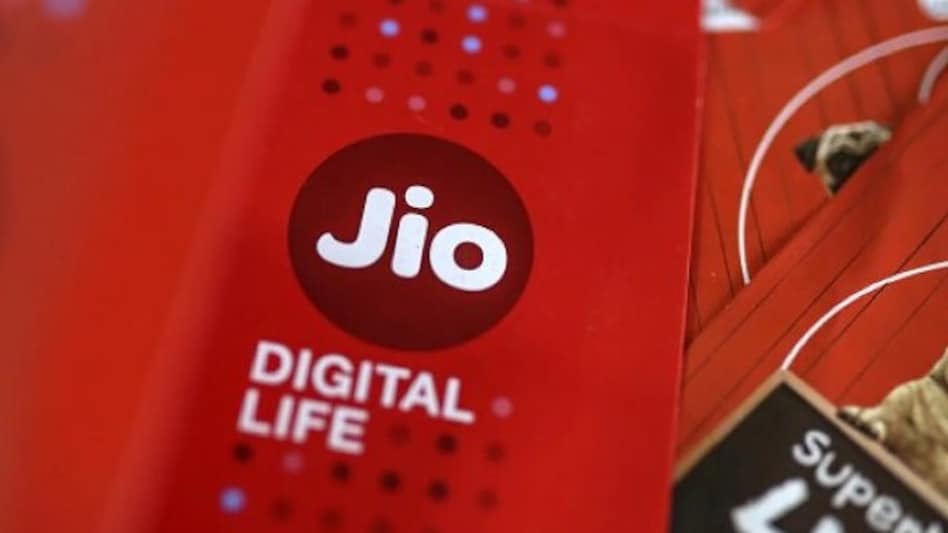 OpenAI and Meta are reportedly in talks with the Ambani conglomerate for a potential partnership that could see Reliance Jio distributing ChatGPT
OpenAI and Meta are reportedly in talks with the Ambani conglomerate for a potential partnership that could see Reliance Jio distributing ChatGPT OpenAI and Meta are reportedly in talks with the Ambani conglomerate for a potential partnership that could see Reliance Jio distributing ChatGPT
OpenAI and Meta are reportedly in talks with the Ambani conglomerate for a potential partnership that could see Reliance Jio distributing ChatGPTReliance Jio has launched its high-frequency 5G services in the 26 GHz millimetre wave (mmWave) band across 21 states and union territories, marking a significant expansion of its next-gen telecom infrastructure.
The mmWave rollout complements Jio’s existing 5G coverage in the mid-band 3.3 GHz spectrum, which is already available across all telecom circles in India. While mid-band 5G caters to most consumer needs offering strong performance and wide coverage, the mmWave band or 26 GHz spectrum, is being positioned for specialised enterprise applications.
What Is mmWave 5G and Why Does It Matter?
Millimetre wave 5G operates at much higher frequencies (in this case, 26 GHz) than conventional mobile networks. While this allows for ultra-fast data transmission and extremely low latency, its range is limited and it struggles to penetrate buildings or cover wide areas.
That’s why mmWave 5G requires a much denser infrastructure more base stations, smaller cells, and precise placement making it more expensive and more suited for targeted deployments rather than nationwide consumer rollouts.
In simpler terms, your regular mobile browsing or video streaming won’t benefit much from mmWave. Instead, its strengths lie in enterprise use cases like smart factories, industrial automation, high-frequency trading, and remote surgeries, all of which demand blazing speeds and minimal lag.
Where Has Jio Launched mmWave 5G?
Jio’s mmWave 5G is now available in the following states and union territories:
• North India: Delhi, Punjab, Haryana, Himachal Pradesh, Jammu & Kashmir, Uttar Pradesh, Bihar
• West India: Rajasthan, Gujarat, Maharashtra
• South India: Tamil Nadu, Karnataka, Kerala, Andhra Pradesh, Telangana
• East & Northeast India: West Bengal, Odisha, Assam, Tripura, Nagaland, Madhya Pradesh
These deployments suggest that Jio is targeting urban, industrial, and tech-forward regions where enterprise-level applications are more likely to scale.
Consumer Impact? Not Much, For Now
For the average smartphone user, Jio’s 5G experience will continue to run on the more versatile 3.3 GHz (C-band) spectrum which already delivers considerable improvements over 4G in terms of speed and latency.
While mmWave is a technological leap, Jio isn’t marketing it for mass adoption, at least not yet. Given the high cost of infrastructure and limited coverage per node, this spectrum is better suited for smart city zones, tech parks, and corporate campuses.
Still, Jio’s mmWave rollout is a step forward in building a future-proof network backbone for India’s growing digital economy.
For Unparalleled coverage of India's Businesses and Economy – Subscribe to Business Today Magazine